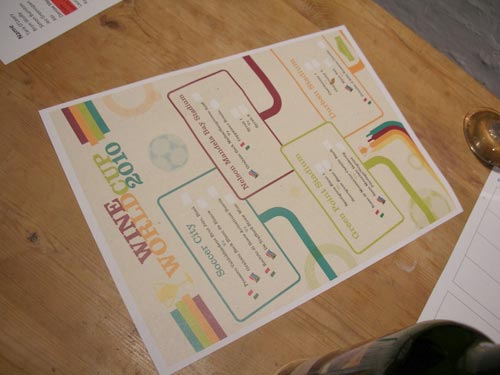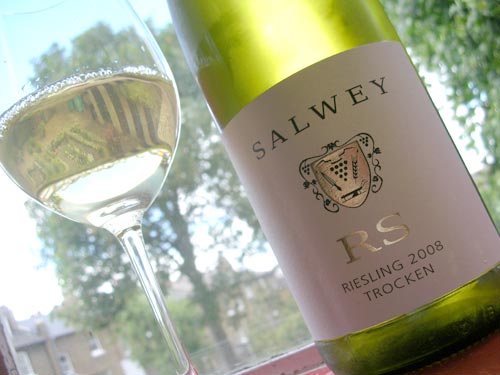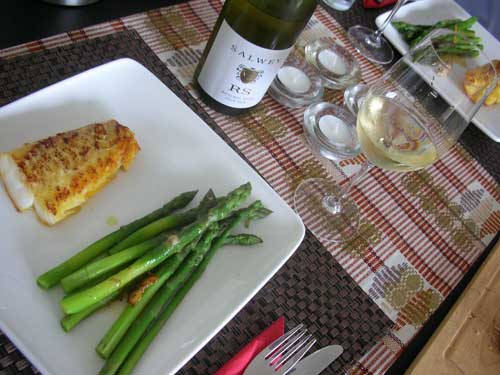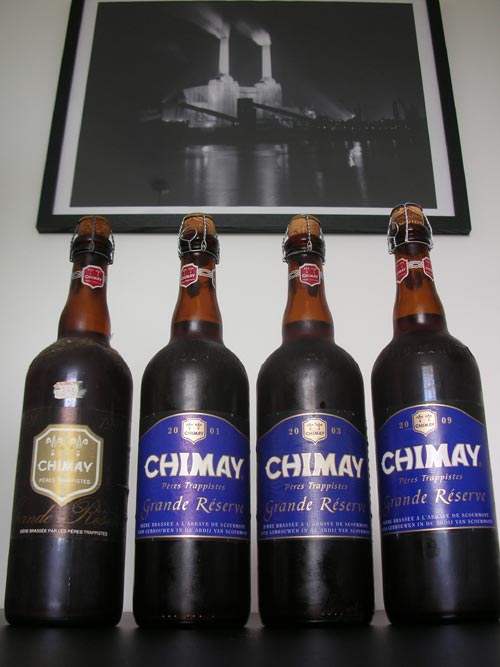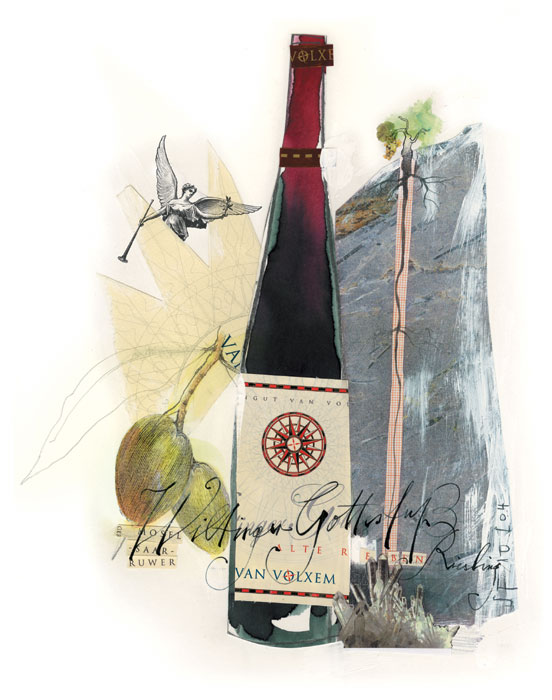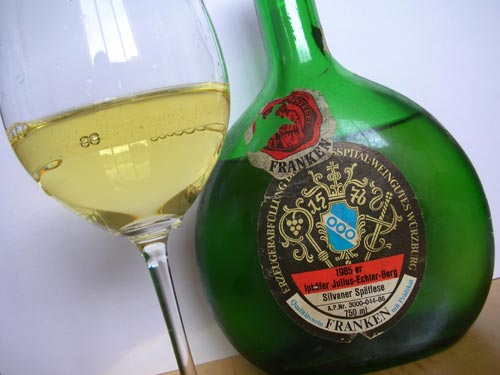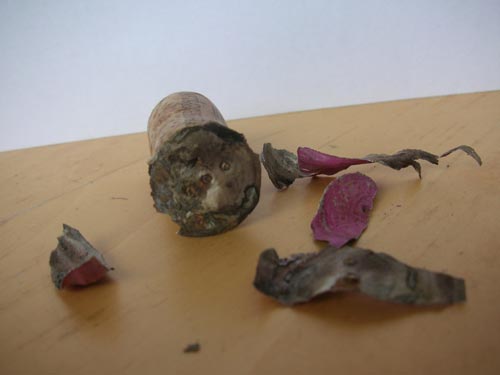Reinhold Haart, Piesporter Goldtröpfchen, Riesling Auslese, 2006
Recently, I found myself drinking with friends who were discussing which type of vegetable they would like to be. When I asked them how they would rate me, Charlotte suggested I could be a squash. Unfortunately I never really found out why she classified me in this way, partly because she went on to say she would quite like to be a courgette. Today's wine, luckily, is not like a vegetable. Instead it is very easy to describe in terms of fruit: take the most deliciously juicy peach you can imagine, add passion fruit, and caramelise it with lots of sugar and some gold, sprinkle finely with herbs and serve in a stony cup with a dash of menthol, spice and lemon juice. As you can see this description really does not work in relation to vegetables, but I can tell you that if this wine were a human being it would have to be the young Liv Tyler - just in blond.


